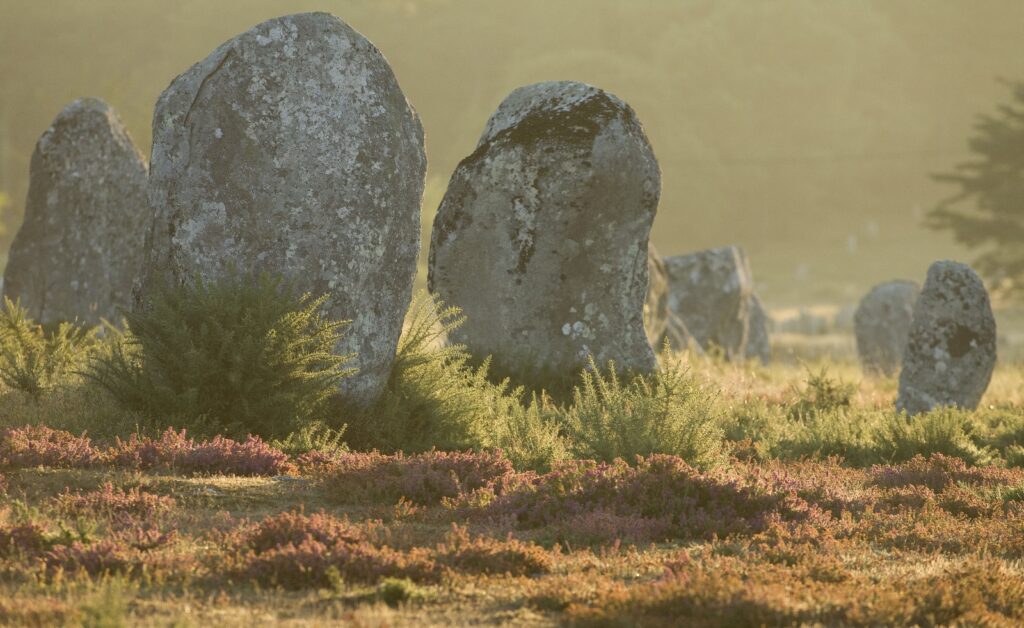Brittany (Bretagne), in northwestern France, is rich in natural beauty, Celtic heritage, and seaside charm—especially in summer. Here are the main attractions to do in Brittany during the summer:
🏖️ 1. Explore the Pink Granite Coast (Côte de Granit Rose)
- Where: Near Perros-Guirec.
- Why: Unique pink rock formations, turquoise waters, scenic hiking trails (like the Sentier des Douaniers).
⛵ 2. Island-Hopping in the Gulf of Morbihan
- Islands to visit: Île-aux-Moines, Île d’Arz.
- Why: Calm waters, quaint villages, cycling, and boat tours.
- Tip: Rent bikes to explore the islands at your own pace.
🎶 3. Attend a Fest-Noz or Summer Music Festival
- What: Traditional Breton night festivals with music and dancing.
- Where: Many towns across Brittany—especially in Finistère and Morbihan.
- Also consider: Festival Interceltique de Lorient (early August) — huge Celtic culture celebration.
🌊 4. Try Water Sports in Quiberon or Crozon Peninsula
- Activities: Surfing, sea kayaking, paddleboarding.
- Why: Dramatic cliffs and clear Atlantic waves.
- Pro tip: Quiberon has both wild coast (Côte Sauvage) and calmer beaches.
🏰 5. Wander Medieval Towns
- Don’t miss: Dinan, Vannes, and Locronan.
- Why: Cobblestone streets, half-timbered houses, and artisan shops.
⛪ 6. Visit Mont Saint-Michel (technically Normandy but close)
- When: Go early in the morning or late evening to avoid crowds.
- Why: Iconic abbey on a tidal island—it’s magical at sunset.
🥞 7. Feast on Breton Crêpes and Cider
- What to order: Crêpe complète (egg, ham, cheese), and a bolée of cider.
- Also try: Kouign-amann (buttery pastry) and fresh seafood (like oysters in Cancale).
🚴♀️ 8. Bike the Nantes-Brest Canal
- Why: Peaceful, lush landscape, ideal for long, flat bike rides.
- Bonus: Lots of quaint villages along the way.
🪨 9. The Carnac Stones: Europe’s Largest Megalithic Site
. Why: Carnac is most famous for the Carnac stones—a vast collection of over 3,000 Neolithic standing stones (menhirs), dolmens, and tumuli. These megalithic structures, erected between 4500 and 3300 BC, represent the largest such concentration in the world. The alignments of Ménec, Kermario, and Kerlescan are particularly notable, with rows of stones stretching over a kilometer in length .
A local legend adds a mystical touch, suggesting that the stones are Roman soldiers turned to stone by Pope Cornelius .




Comments